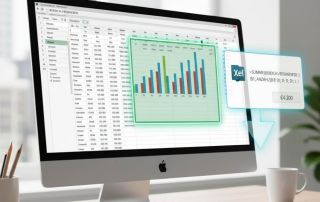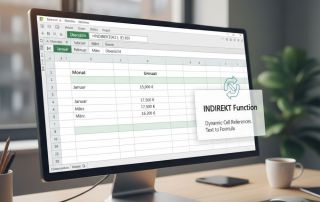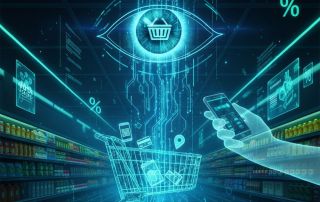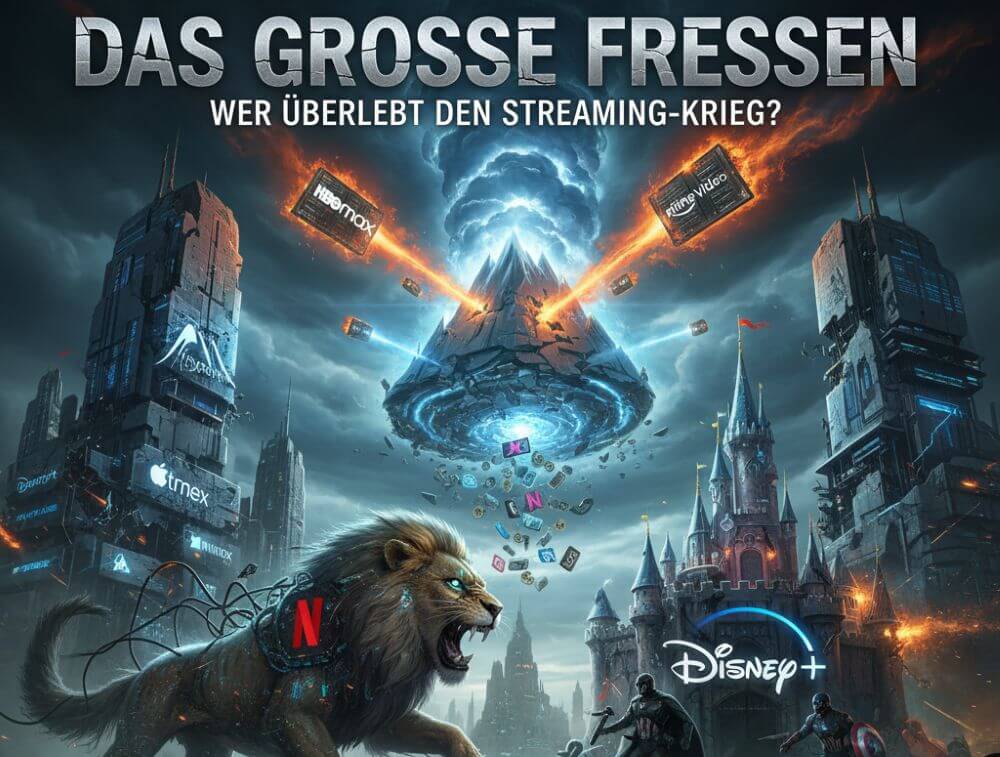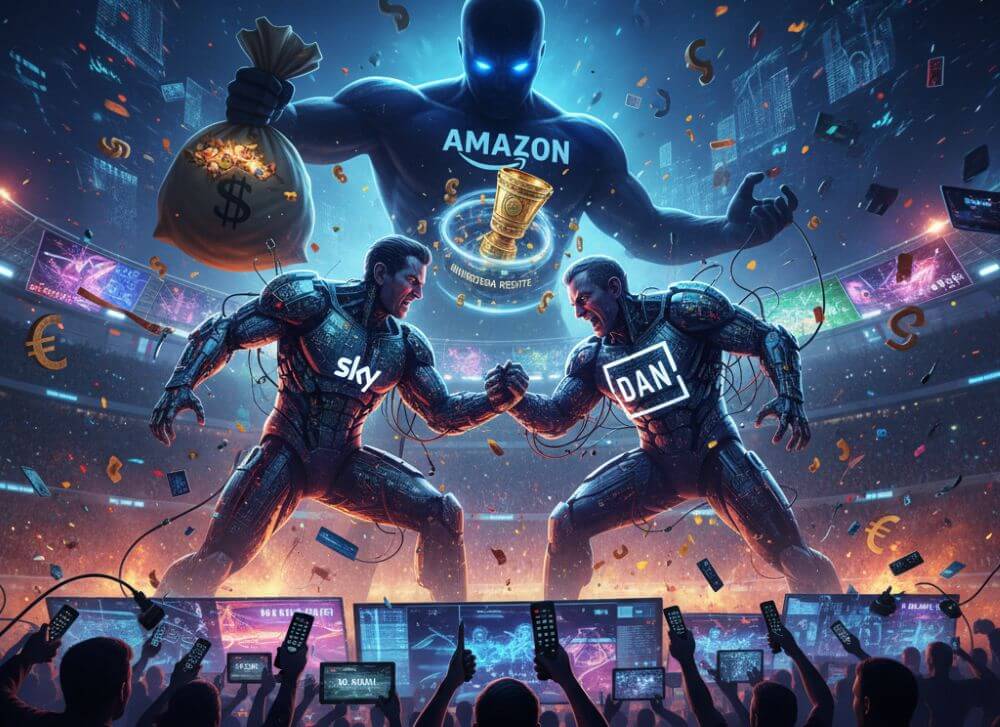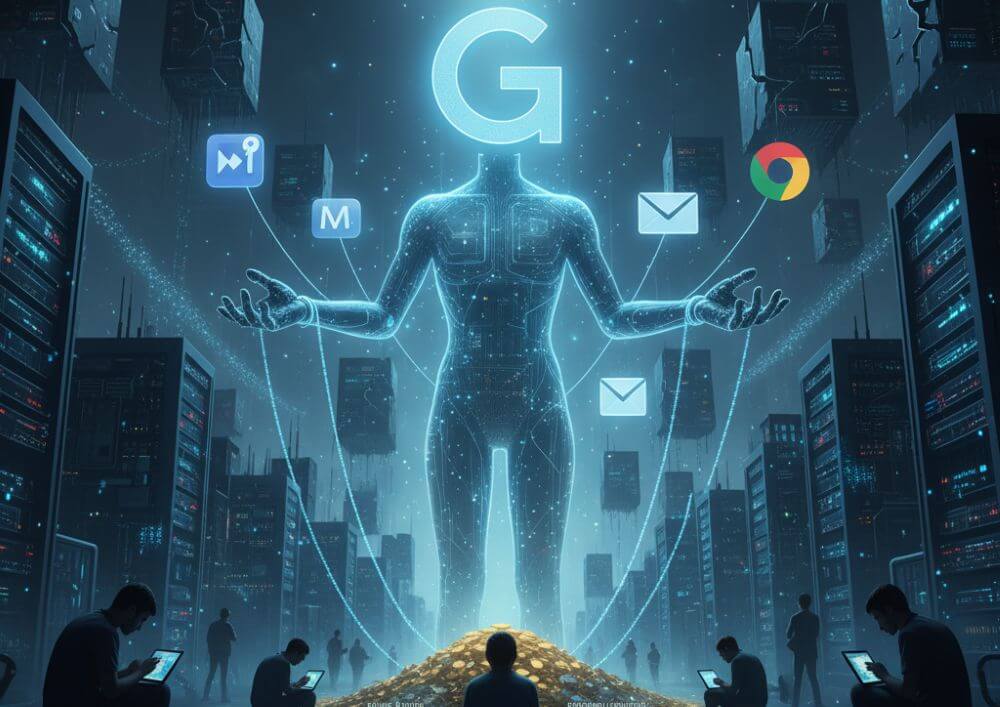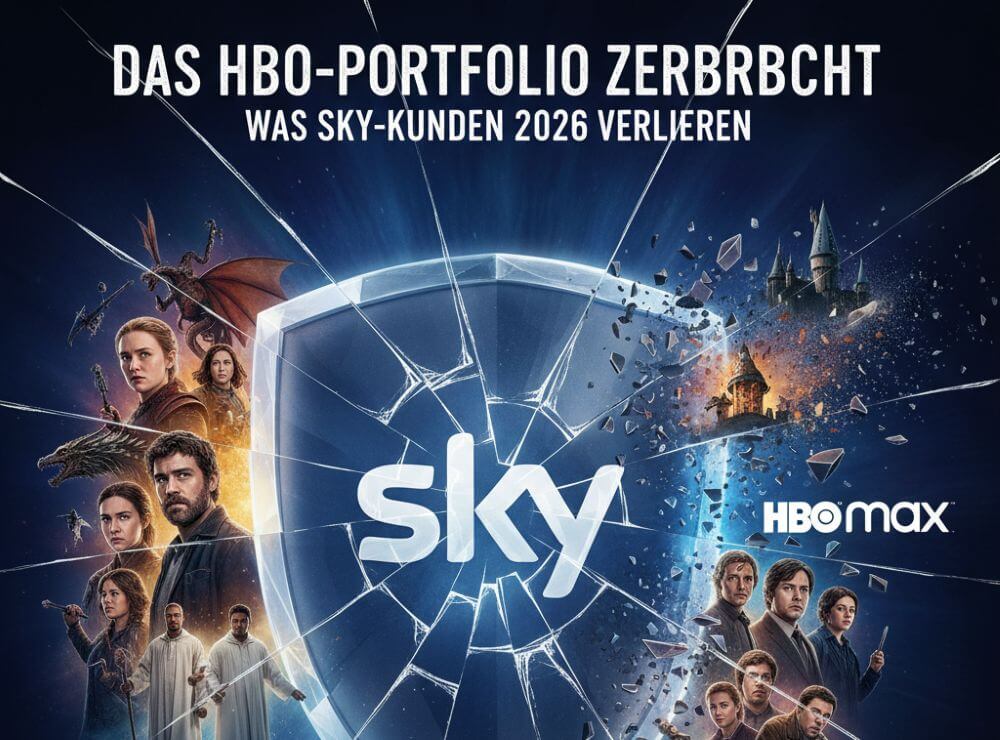Why Netflix, Amazon & Co. are now charging us double
It was the great promise of the streaming revolution: uninterrupted entertainment, whenever you want. But that promise is crumbling before our very eyes. Instead, we’re witnessing the return of the very model we were trying to overcome—and we’re paying premium prices for it.
Remember the moment you canceled your cable TV subscription? The main reason was often not just the price, but the sheer unbearable nature of the constant commercials. Netflix and the first streaming services were a liberating breakthrough: a fair monthly price for uninterrupted enjoyment.
That era is officially over. The streaming giants have discovered a new, far more lucrative source of revenue—and the customer is getting doubly disadvantaged in the process.
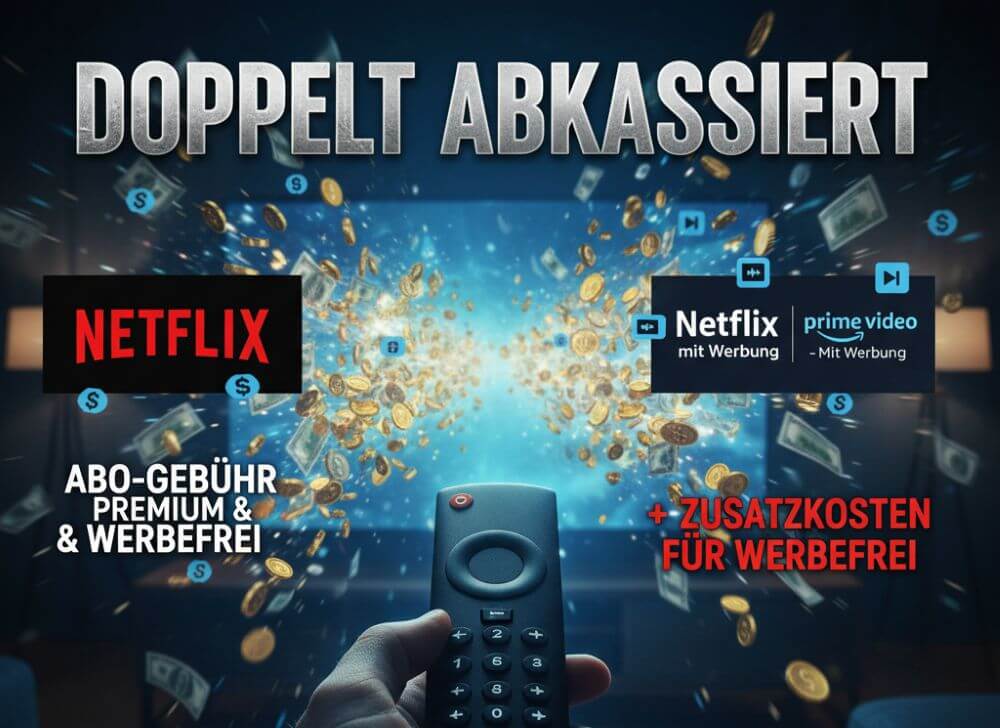
The turning point: Amazon’s audacious move
Amazon took its most aggressive step in early 2024. Instead of introducing a new, cheaper advertising plan, the company chose the opposite approach: All existing Prime Video customers—who already pay for the Prime service—were forcibly switched to an ad-supported plan.
Those who want to continue watching ad-free have to pay an additional €2.99 per month.
This isn’t a price reduction for bargain hunters; it’s a hidden price increase for everyone who wants to maintain the status quo. Amazon has thus devalued the established Prime subscription overnight. Customers now pay for the privilege of not seeing ads, in addition to the cost of a subscription that was once ad-free.
The salami tactic: Netflix and Disney+ follow suit
Netflix and Disney+ were more subtle, but no less consistent. They introduced “basic plans with ads” that were cheaper than their ad-free counterparts. At first glance, this seems fair: those who want to save money accept advertising.
But the reality is different:
- The “standard” subscription is becoming unattractive: the ad-free plans have been massively increased in price at the same time. The “standard” plan (ad-free, Full HD) is being made so unattractive price-wise that new customers are psychologically pressured into the cheaper ad-supported subscription.
- Hidden downgrades: The Netflix ad-supported plan not only lacks content (due to licensing restrictions), but also features like downloads.
- The shift in the norm: Netflix is now pushing the ad-supported subscription as its new “standard” product. The goal is clear: Advertising revenue per user is often more valuable to corporations than the pure subscription fees.
The broken promise: We are now paying double.
The feeling of being “cheated” that many customers experience is justified. We are moving towards a system that combines the worst of both worlds:
- We pay a monthly subscription fee (like with old pay TV).
- And yet we still get commercial breaks (like with old free TV).
The industry cynically calls this a “hybrid model.” For customers, it’s simply “double-dipping.” Uninterrupted binge-watching, once the core argument for streaming, is becoming an expensive luxury upgrade that has to be purchased in addition to the basic fee. The revolution is devouring its own children—and sending us the bill.
Beliebte Beiträge
Who owns the future? AI training and the global battle for copyright.
AI companies are training their models with billions of copyrighted works from the internet – often without permission. Is this transformative "fair use" or theft? Authors and artists are complaining because AI is now directly competing with them and copying their styles.
Dynamic ranges in Excel: OFFSET function
The OFFSET function in Excel creates a flexible reference. Instead of fixing =SUM(B5:B7), the function finds the range itself, e.g., for the "last 3 months". Ideal for dynamic charts or dashboards that grow automatically.
Mastering the INDIRECT function in Excel
The INDIRECT function in Excel converts text into a real reference. Instead of manually typing =January!E10, use =INDIRECT(A2 & "!E10"), where A2 contains 'January'. This allows you to easily create dynamic summaries for multiple worksheets.
The best remote maintenance tools for Windows and Mac
Which remote support tool is best for Windows & Mac? From TeamViewer and AnyDesk to Splashtop: We compare the top solutions for IT support and home office. Find the tool with the best performance, security, and the fairest price-performance ratio.
The discount trap: Why supermarket apps don’t give us anything for free
Supermarket apps like Lidl Plus lure customers with discounts. But we don't get anything for free. We pay with our most intimate shopping data. This data turns us into transparent consumers. Retailers use it to analyze and deliberately manipulate our purchasing behavior.
How digital identity turns citizens into objects of surveillance
We are trading privacy for convenience. Our digital identity – from e-IDs to social media likes – is becoming a tool. Corporations and governments are linking data, turning citizens into predictable and transparent objects of surveillance.



